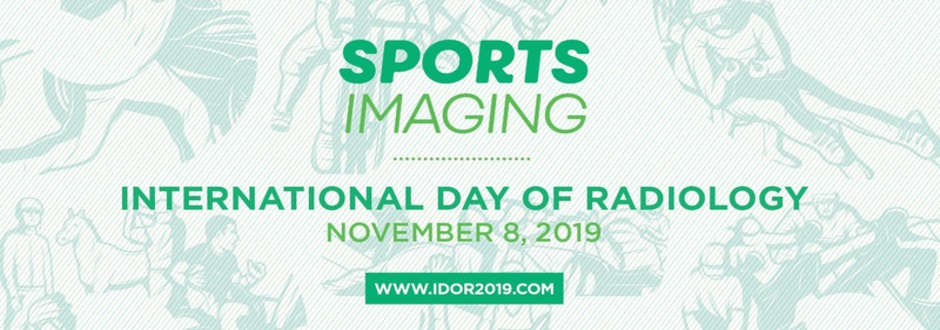Celebrating IDOR 2019 with a special selection of articles from European Radiology

MRI of ankle sprain: the association between joint effusion and structural injury severity in a large cohort of athletes
The authors set out to determine whether presence and amount of effusion in the tibiotalar and talocalcaneal joints are connected to an increased risk for severe structural injury in ankle sprains. By evaluating 261 athletes suffering from acute ankle sprains, the authors were able to link the presence of tibiotalar and talocalcaneal effusions with an increased risk for severe concomitant structural injury.
Damage of the distal radial physis in young gymnasts: can three-dimensional assessment of physeal volume on MRI serve as a biomarker?
This article aimed to confirm whether quantitative volume assessment can be used to identify the presence and extent of stress-related changes of the distal radial physis in gymnasts with suspected physeal injury, asymptomatic gymnasts, and non-gymnasts.
Early percutaneous vertebroplasty helps motorsport professionals to resume competition soon after vertebral fracture
This letter to the Editor is the first report of early vertebroplasty in competitive motorsport professionals who had experienced a compression fracture related to driving-accident trauma. The treatment proved highly successful as all five subjects were able to resume racing one week after the procedures.
New MRI muscle classification systems and associations with return to sport after acute hamstring injuries: a prospective study
The purpose of the article was to determine the agreement between modified Peetrons, Chan acute muscle strain injury classification and British Athletics Muscle Injury Classification (BAMIC) and to investigate their associations and ability to predict time to return to sport (RTS). The authors determined that the days to RTS varied greatly within and between the grading and classification categories.
Normalized STEAM-based diffusion tensor imaging provides a robust assessment of muscle tears in football players: preliminary results of a new approach to evaluate muscle injuries
The authors of this article aimed to assess acute muscle tears in professional football players using STEAM-based diffusion tensor imaging (DTI). Eight football players were examined and the authors determined that DTI allowed for a robust assessment of muscle tears.
Ultrasound assessment of the posterior circumflex humeral artery in elite volleyball players: Aneurysm prevalence, anatomy, branching pattern and vessel characteristics
In this study, the authors tried to determine the prevalence of posterior circumflex humeral artery (PCHA) aneurysms, as well as vessel characteristics of the PCHA and deep brachial artery (DBA) in elite volleyball players. 280 volleyball players were included in the study, undergoing an ultrasound of their dominant arm.
Sarcopenia: ultrasound today, smartphones tomorrow?
As the issue of sarcopenia becomes more prevalent, new technology is playing an increasing role in the monitoring and management of the disease, in addition to ultrasound. However, imaging specialists will continue to play a pivotal role, regardless of the presence of new technology.
Read the Insights into Imaging IDOR 2019 article selection here.
Read the European Radiology Experimental IDOR 2019 article selection here.
